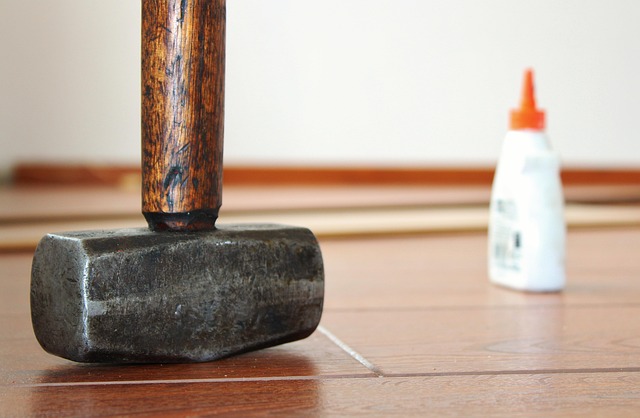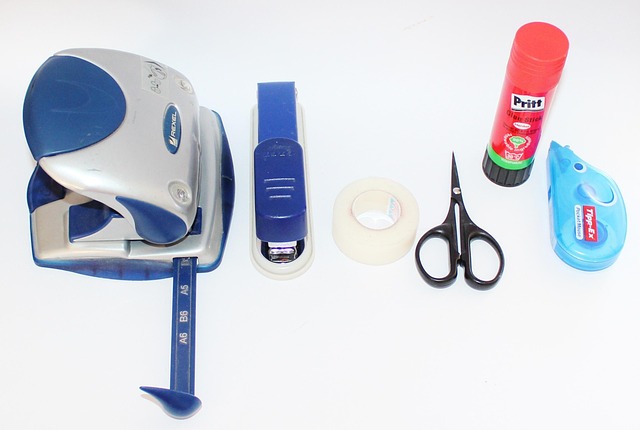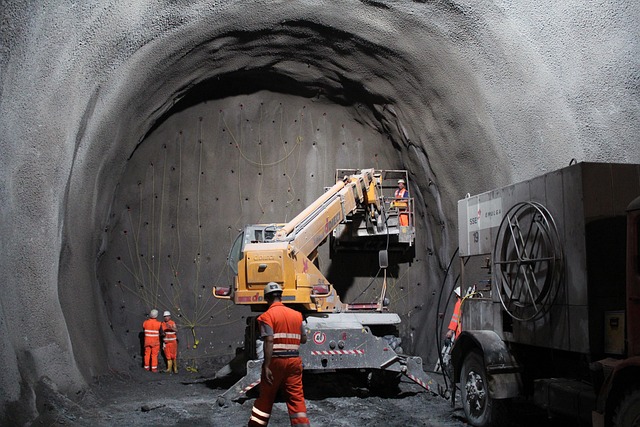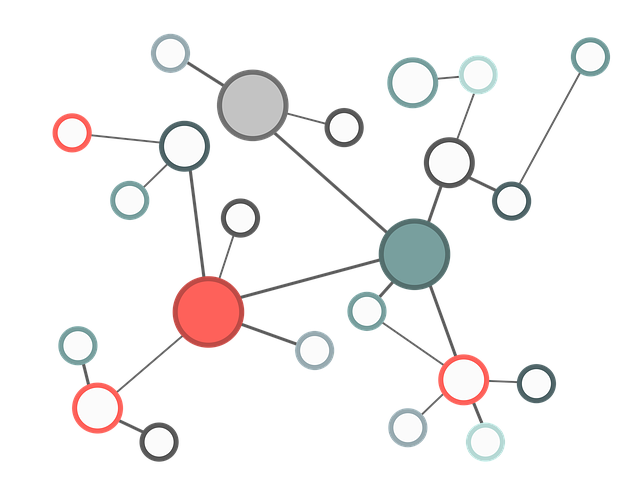A Glue Laminated Beam (GLulam) is an engineered wood product made by gluing layers of lumber for enhanced strength and stiffness. Epoxy glue is superior for industrial use due to its chemical, moisture, and temperature resistance. Polyurethane offers flexibility and impact resistance suitable for residential applications. The choice depends on project needs: epoxy for high-strength commercial projects or polyurethane for cost-effective residential use.
“Discover the ultimate strength boosters for structural integrity—glue laminated beams. This comprehensive guide delves into the heart of two powerful adhesives: epoxy and polyurethane. Understanding what makes these glues unique is key to optimal beam construction. From enhanced durability to cost-effectiveness, we explore how epoxy’s chemical prowess and polyurethane’s flexible properties stack up. Learn which glue aligns best with your project needs, ensuring a robust and reliable structure.”
- Understanding Glue Laminated Beams: A Comprehensive Overview
- Epoxy Glue: Properties and Advantages for Beam Construction
- Polyurethane Beam Glue: Features and Benefits Comparison
- Durability and Strength: Epoxy vs. Polyurethane Performance
- Cost-Effectiveness and Application: Which Glue is Right for You?
Understanding Glue Laminated Beams: A Comprehensive Overview

A Glue Laminated Beam, also known as a glulam beam, is an engineered wood product created by gluing together multiple layers of dimensional lumber in a specific pattern. This innovative construction method combines the strength and stiffness of solid lumber with the precision and consistency of manufacturing. Each layer, or lamina, is carefully selected and aligned to enhance structural integrity while optimizing material usage, making glulam beams both economical and environmentally friendly.
Glulam beams find diverse applications in modern construction, from residential and commercial buildings to bridges and other infrastructure projects. Their versatility allows for span capabilities far greater than traditional solid lumber, enabling designers and architects to create open, seamless interior spaces. Glue laminated beam construction techniques have evolved over the years, incorporating advanced glues and precise laminating processes that ensure superior strength and durability. To learn more about these cutting-edge structural solutions, visit us at unalam.com.
Epoxy Glue: Properties and Advantages for Beam Construction

Epoxy glue stands out as a superior choice for beam construction due to its exceptional properties and advantages. When it comes to what is a Glue Laminated Beam, epoxy offers a robust solution, enhancing structural integrity and ensuring long-lasting durability. The glue lamination technology in construction involves sophisticated bonding mechanisms that create a seamless connection between individual lamina or components of the beam. This process, known for its glue laminated beam construction techniques, significantly improves the overall strength and stability of the final product.
Epoxy’s unique chemical composition allows it to penetrate deeply into materials, creating a strong molecular bond. This characteristic translates into enhanced structural performance, making epoxy-laminated beams ideal for heavy-load applications. Moreover, epoxy’s resistance to chemicals, moisture, and extreme temperatures further solidifies its position as the preferred choice in demanding construction environments. For those seeking reliable glue lamination for enhanced structural integrity, epoxy offers a proven track record, with countless structures built using this innovative technology. Visit us at 18 Clifton St, Unadilla, NY 13849 anytime to learn more about how epoxy glue is revolutionizing the industry.
Polyurethane Beam Glue: Features and Benefits Comparison

Polyurethane Beam Glue: Features and Benefits Comparison
Polyurethane Beam Glue, also known as glulam (glue-laminated beam) adhesive, is a modern solution for constructing structural components in buildings. What sets it apart from conventional wood beam glue is its superior strength and flexibility. Glulam applications in commercial buildings have increased significantly due to its ability to create larger spans without intermediate supports, enhancing both structural efficiency and design freedom. Unlike traditional wood beams that can be prone to splitting or warping over time, polyurethane glues offer enhanced bond strength and durability, ensuring the integrity of structural elements for years.
When comparing glulam vs. laminated wood beams, the former stands out due to its superior performance in high-stress areas. Polyurethane beam glue provides a strong, seamless connection between layers of wood, making it ideal for challenging construction projects. Moreover, its resistance to moisture and chemicals makes glulam a preferred choice in humid environments or when using treated timber. If you’re considering structural solutions, give us a call at (607) 369-9341 to explore how polyurethane beam glue can facilitate your next project, offering both strength and versatility compared to conventional wood beams.
Durability and Strength: Epoxy vs. Polyurethane Performance

When comparing epoxy and polyurethane for glue laminated beam (GLulam) construction, durability and strength are paramount. Both options excel in these areas, but each has distinct characteristics that make it suitable for specific applications. Epoxy, known for its exceptional bond strength, offers superior resistance to chemicals, moisture, and extreme temperatures. This makes it a top choice for industrial and commercial projects where structural integrity must endure harsh conditions. On the other hand, polyurethane provides excellent flexibility and impact resistance, making it more adaptable for residential glulam beam applications. It can accommodate slight movements without compromising strength, which is beneficial in regions prone to temperature fluctuations and seismic activity.
Understanding how these glues are engineered is key to selecting the right fit. Epoxy, a two-part compound, forms a rigid matrix when cured, creating a strong, permanent bond. Polyurethane, also a multi-component system, cures to form a softer yet durable film that enhances the overall strength and stability of the GLulam beam assembly procedures. Whether for glulam applications in residential construction or larger structural projects, visiting us at 18 Clifton St, Unadilla, NY 13849 anytime can provide valuable insights into the best glue options based on specific needs.
Cost-Effectiveness and Application: Which Glue is Right for You?

When considering which adhesive to use for Glue Laminated Beams (GLBs), understanding cost-effectiveness and application is key. Epoxy and polyurethane beam glues both have their merits, but they cater to distinct needs in glulam manufacturing. The initial cost of polyurethane glue might be lower, making it an attractive option for smaller projects or tight budgets. However, its versatility is limited; it’s best suited for simple applications with minimal variable geometry, as complex designs can lead to weaker bonds.
On the other hand, epoxy offers superior strength and durability, especially in demanding glulam manufacturing processes following best practices. It excels in bonding a wide range of materials and adapts well to complex GLB shapes, making it ideal for commercial buildings where structural integrity is paramount. While initially more expensive, epoxy’s longevity and performance can make it a cost-effective choice in the long term. For those seeking reliable and robust solutions, exploring options available at unalam.com might be beneficial.
When it comes to glue laminating beams, both epoxy glue and polyurethane beam glue offer significant advantages, each with its unique properties. Epoxy excels in durability and strength, providing exceptional bond performance for long-lasting structural integrity. Polyurethane, on the other hand, is known for its cost-effectiveness and versatility, making it a suitable choice for various applications. The choice between these two depends on specific project requirements, budget, and desired outcome. For glue laminated beam construction, understanding these benefits allows professionals to select the optimal adhesive, ensuring structural efficiency and cost optimization.














